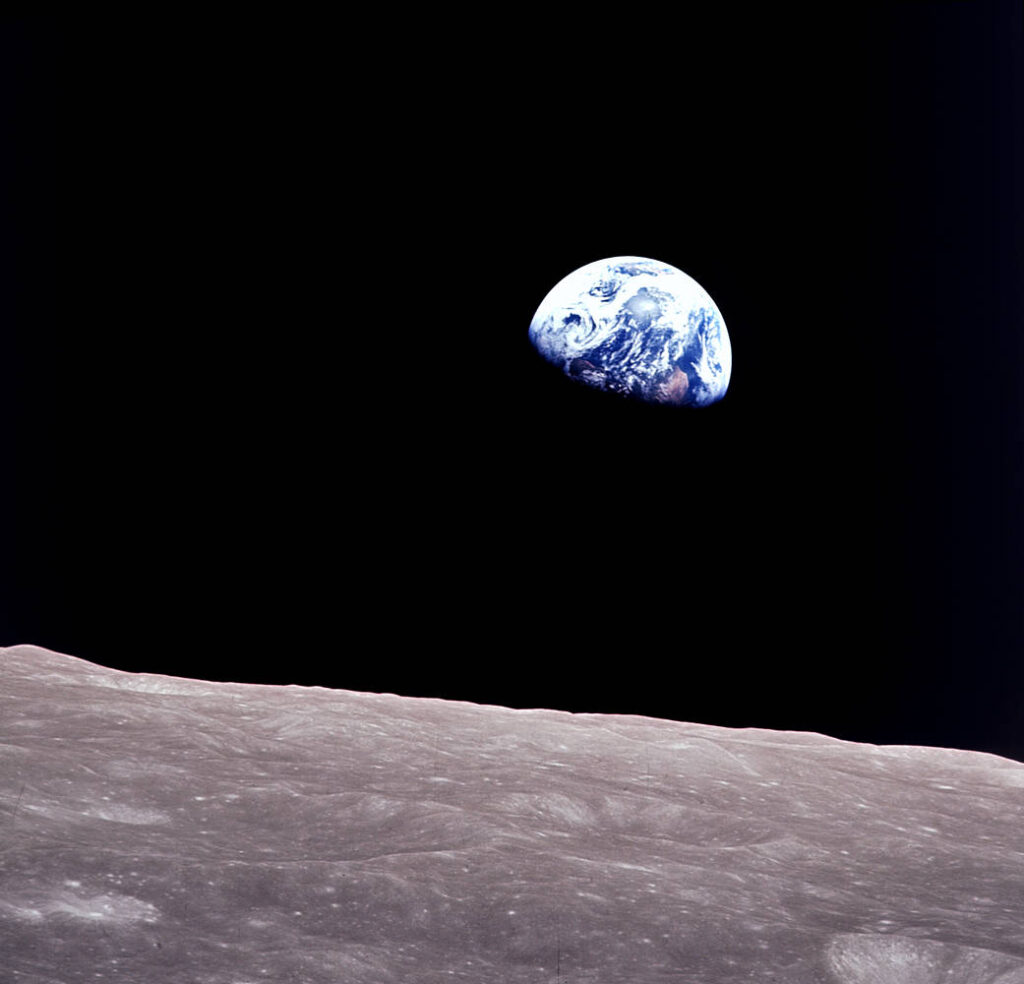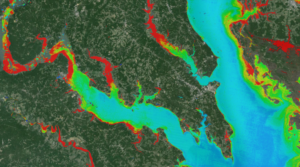Contact: Cynthia O’Carroll, NASA/GSFC
- NASA has selected General Dynamics Advanced Information Systems, Inc., to build the Landsat Data Continuity Mission (LDCM) spacecraft.
Under the terms of the $116,306,179 delivery order, General Dynamics Advanced Information Systems will be responsible for the design and fabrication of the LDCM spacecraft bus, integration of the government furnished instruments, satellite-level testing, on-orbit satellite check-out, and continuing on-orbit engineering support. They also will provide a spacecraft/observatory simulator.
LDCM is a component of the Landsat Program conducted jointly by NASA and the U.S. Geological Survey (USGS) of the Department of Interior.NASA is providing the LDCM spacecraft, the instruments, the launch vehicle, and the mission operations element of the ground system. USGS is providing the mission operations center and ground processing systems, as well as the flight operations team.
The delivery order was awarded under NASA’s Rapid II Indefinite Delivery Indefinite Quantity Contract. The Rapid II contract is for core spacecraft systems, with non-standard services such as operations, launch services, components and studies to meet the government’s space science, Earth science and technology needs.
The contract includes fabrication and testing of the spacecraft with mission specific design modifications; generation of interface control documents, instrument and full spacecraft integration; testing, shipment to the launch site, launch vehicle integration support and on-orbit checkout.
With a five-year design lifetime, the LDCM satellite will continue the series of measurements begun with the Landsat-1 mission for the collection, archiving and distribution of multi-spectral imagery. This imagery will provide global, synoptic, and repetitive coverage of the Earth’s land surfaces at a scale where natural and human-induced changes can be detected, differentiated, characterized and monitored over time.
The LDCM goal is consistent with the Landsat programmatic goals derived from the Land Remote Sensing Act of 1992. This policy requires that the Landsat Program provide data into the future that is sufficiently consistent with previous Landsat data to allow the detection and quantitative characterization of changes in or on the land surface of the globe.
The LDCM was conceived as a follow-on mission to the highly successful Landsat series of missions that have provided coverage of the Earth’s continental surfaces since 1972. The data from these missions constitute the longest continuous record of the Earth’s surface as seen from space.






